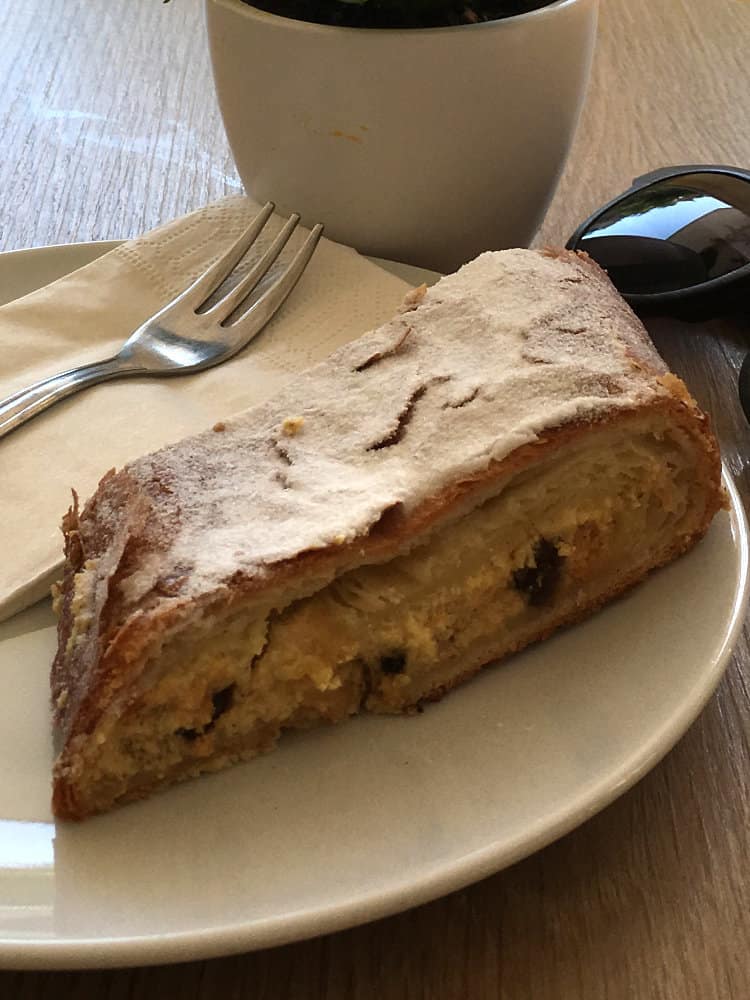
Regional Variations of Rétes
While apple rétes is the most common and iconic version of this pastry, there are many other regional variations:
- Túrós (Cottage Cheese) Rétes: This version is often eaten as a savory dish, especially in rural areas. The cottage cheese filling can be sweetened or left savory, sometimes with the addition of herbs.
- Poppy Seed Rétes: The filling made from ground poppy seeds is a Hungarian classic, especially around the holidays. The poppy seeds are combined with sugar and milk to create a creamy, nutty filling.
- Sour Cherry Rétes: A regional favorite, cherry-filled strudel is often made with sour cherries, which balance out the sweetness of the pastry. Some versions may use fresh or canned cherries, while others use cherry jam.
- Plum Rétes: In the late summer and fall, Hungarian households often use plums in their strudel. This filling is sweet and tart and adds a juicy contrast to the crispy dough.
Conclusion
Rétes is a timeless pastry that holds a special place in Hungarian culture and cuisine. From its Ottoman roots to its popularization under the Austro-Hungarian Empire, this flaky, layered pastry has become a symbol of Hungary’s culinary traditions. Whether you prefer the classic apple version, a nutty poppy seed filling, or something more exotic like cherry or plum, rétes offers a delicious way to savor the flavors of Hungary. With its simple ingredients and delicate preparation, it’s a pastry that brings joy to all who partake in its creation and consumption.
For anyone interested in baking, making rétes at home is a rewarding and fun experience that will bring a piece of Hungarian history right to your table.